Bite Back Tour: Fall in Love with Gardening Recap
Episode Insights

Did you miss the Fall in Love with Gardening episode? Watch now:
See the Bite Back Tour: Season 2 schedule! 🙌🏽
In this episode of the Bite Back Tour, we partner with plant expert, Steven Valdez from the Califonia Botanic Garden.
Together, we dive into how to Fall in Love with Gardening and how the plants in our yards create micro-climates that mosquitoes either love or hate. We also chat about 5 things you can do to reclaim your space from mosquitoes.
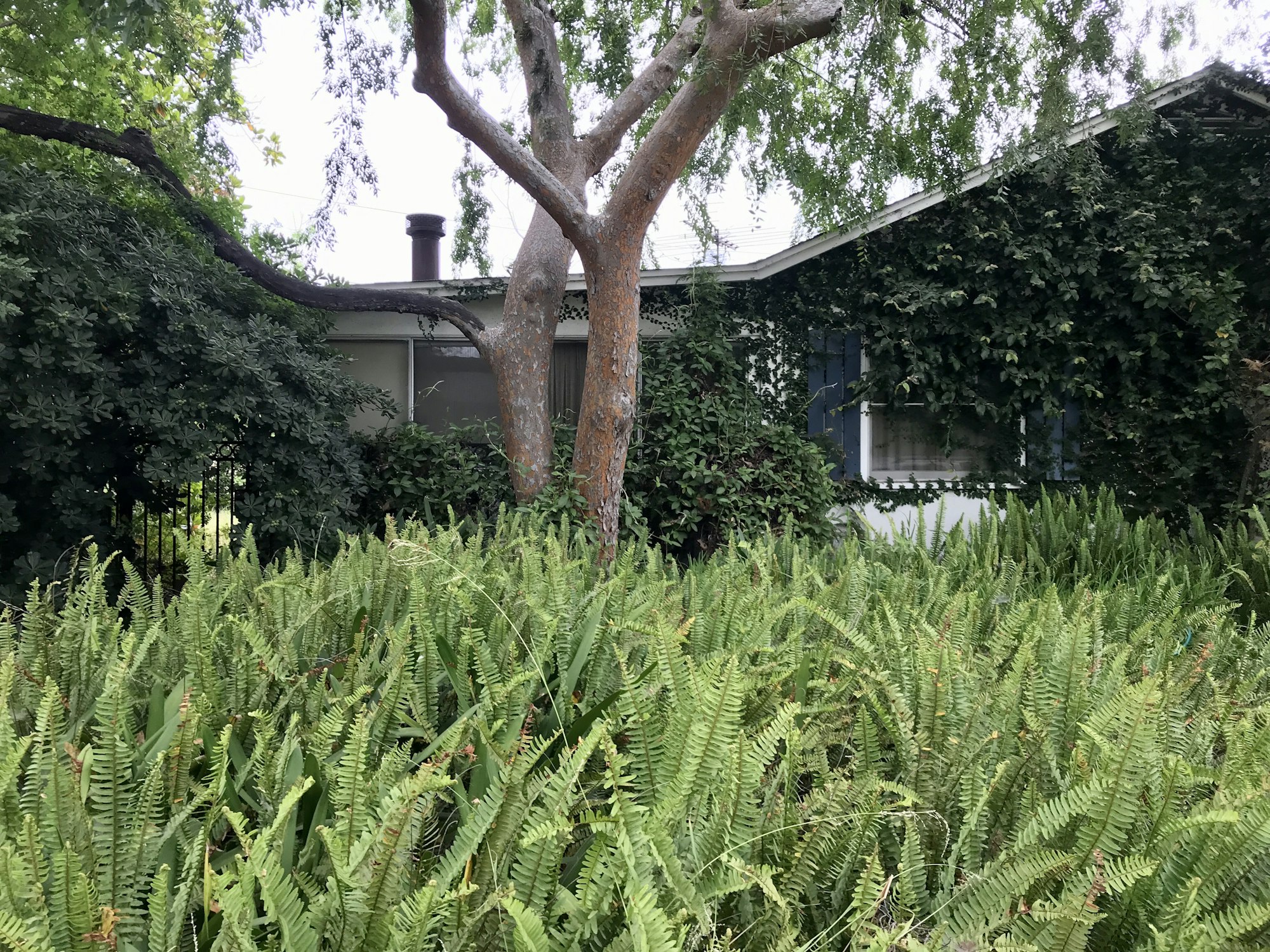
#1) Tip 'N Toss
Mosquitoes make themselves at home if stagnant water and blood meals are nearby. Unmaintained properties that have unused containers lying around can collect stagnant water, which is a huge mosquito magnet.
.gif?ixlib=rb-1.1.0&w=2000&h=2000&fit=max&or=0&s=455b434b7c06edd61c5a198c59a7bf13)
To avoid mosquitoes laying eggs in your yard, make sure to examine your yard weekly since mosquitoes grow from eggs to adults in 7 days. TIP out stagnant water from these containers and put them away where they will not get wet or TOSS them in the trash.
#2) Ditch the density
Guess what? We're not the only ones who like to beat the heat by chilling in the shade. The dense vegetation in our yards attract mosquitoes with their cool and shady covering.
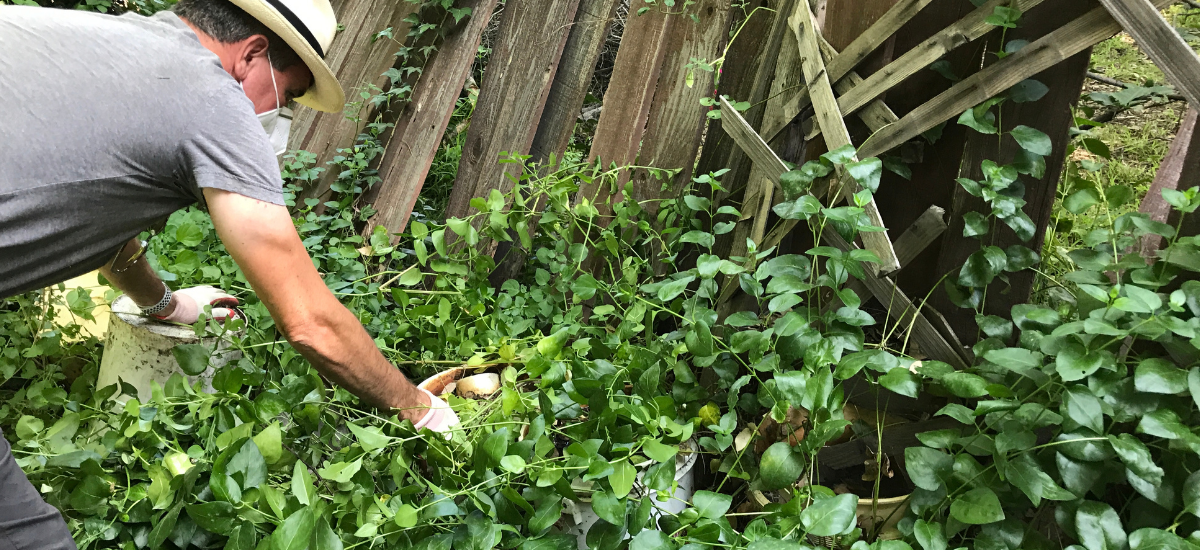
You can landscape mosquitoes out of your home by eliminating the places they rest in, like:
- Ivy
- Dense bushes and trees
- Tropical plants, like bromeliads
- Clusters of plants with little airflow
- Coverings over doors and windows
- Any place that's fresh with lots of foliage
#3) Cut what covers
Scale back the thickness of bushes, hedges, and ivy as these are mosquito magnets! Since mosquitoes are weak fliers, natural airflow helps keep them away from their resting places in our yards.
.gif?ixlib=rb-1.1.0&w=2000&h=2000&fit=max&or=0&s=b6a4b79eeca290a5bdb9ee3fcc290d79)
#4) Fall in love with California Native Plants
California Native Plants are great alternatives to providing your home with modern appeal while reducing mosquitoes. Plus, the beautiful and beneficial impacts of California Native Plants in our gardens can help us understand the balance of life at our doorstep.
With endless plant possibilities, you can build the colorful bridge between nature and your home.
WHEN TO PLANT:
The best time to plant California Native plants begins in the Fall and can stretch until May.
EASY PLANT CARE FOR BEGINNERS:
For those starting their California Native plant gardens for the first time, our California Botanical Garden expert, Steven, suggests growing beautiful wildflowers from seeds. Steven also notes that for those who are planting in pots, coyote mint and monkeyflower grow well in deep pots.

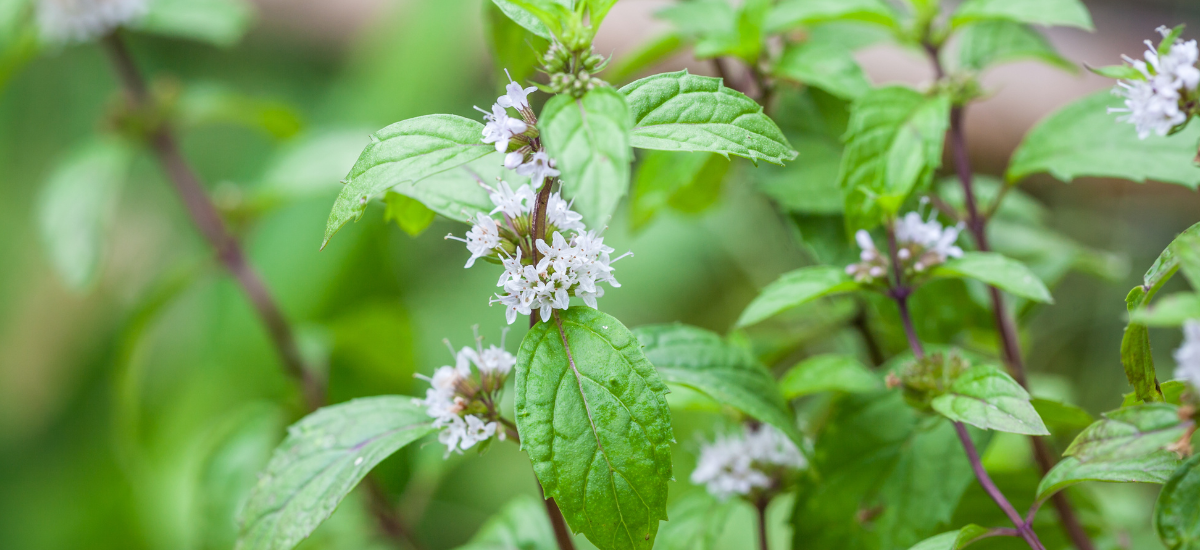
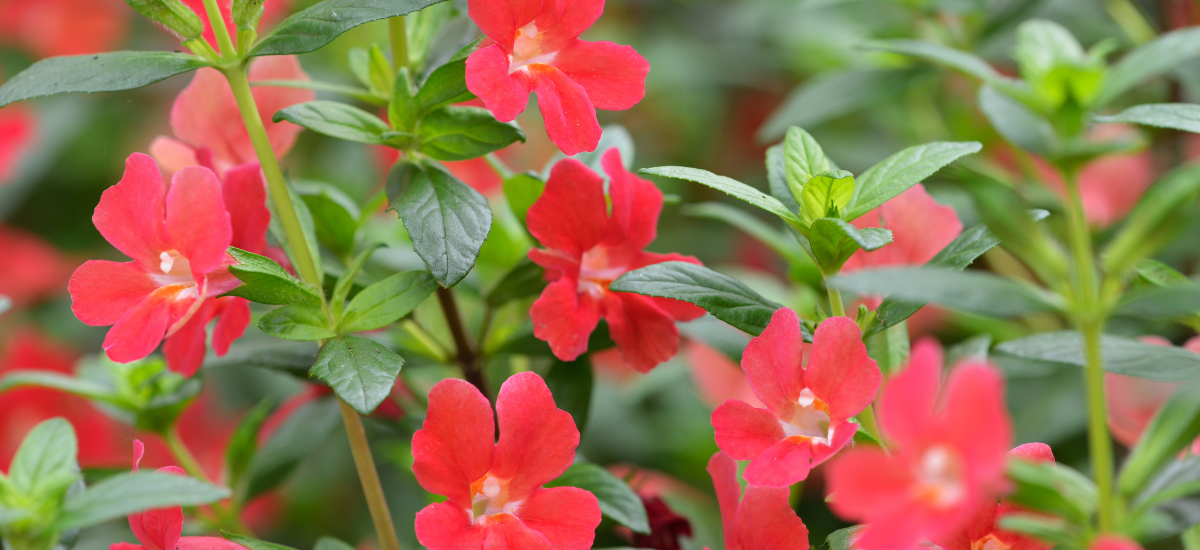
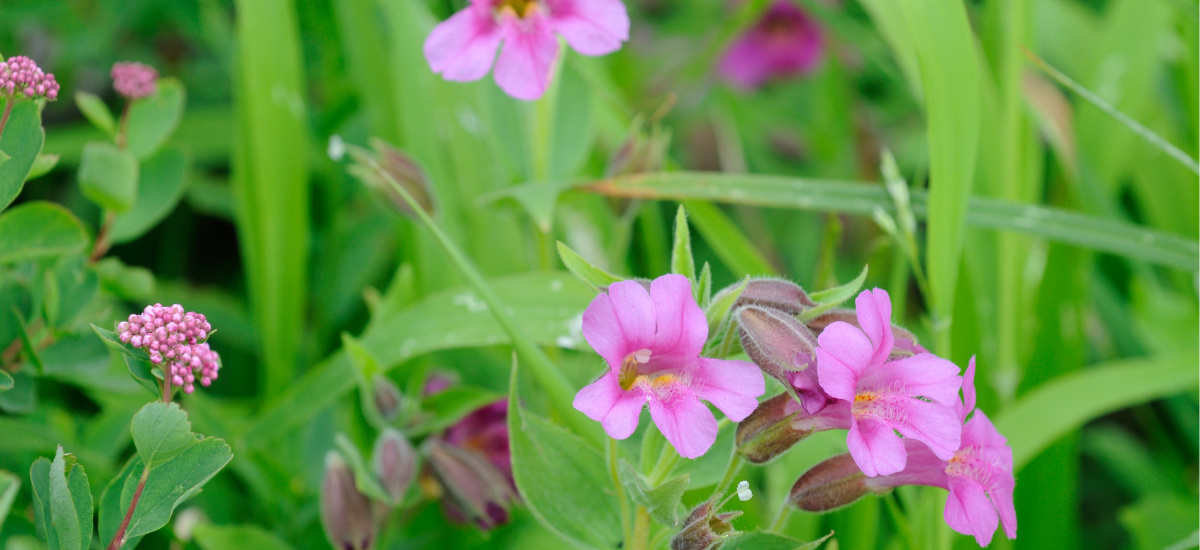




If you are considering planting in pots, remember that mosquitoes can grow in the stagnant water held by plant saucers.
Tip out the stagnant water every 7 days to prevent mosquito breeding.
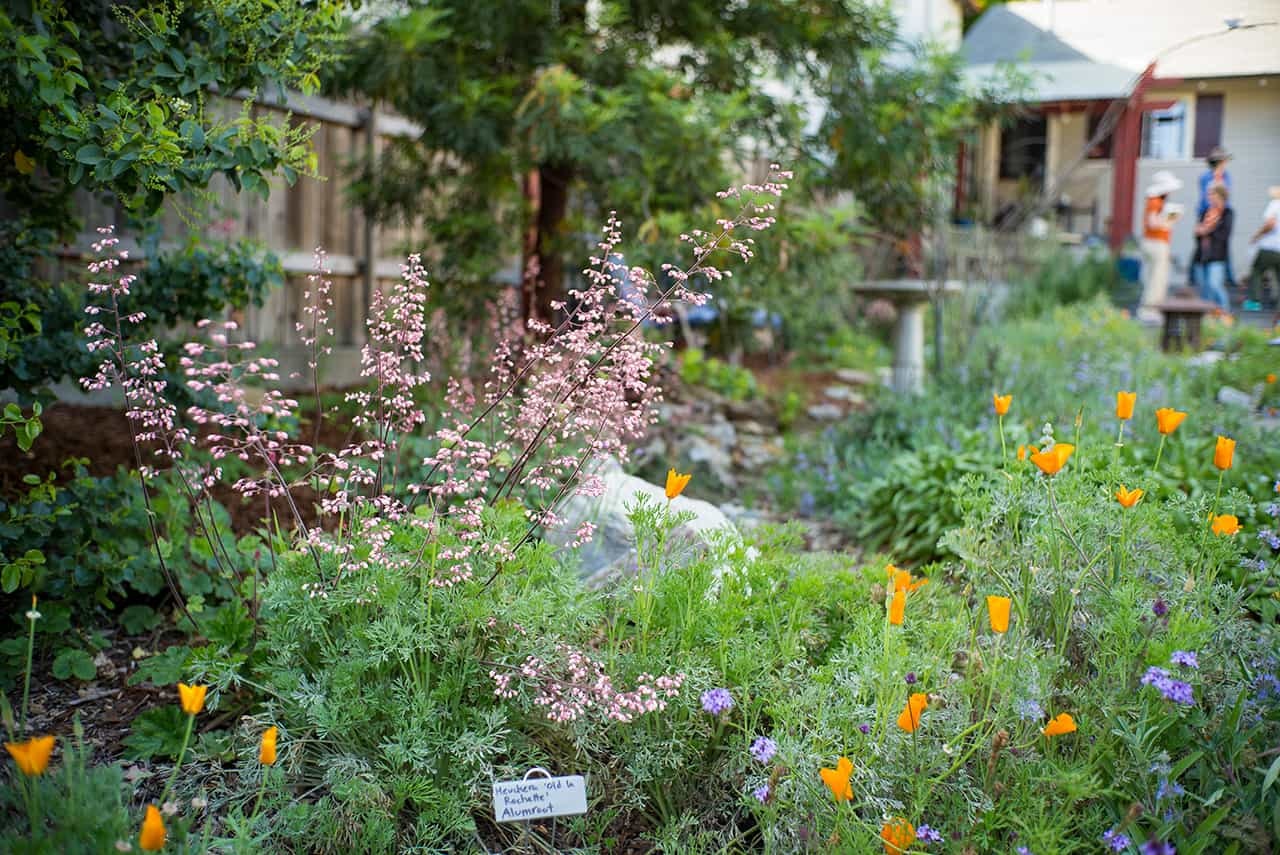
Finding the right native plants is paramount to creating your little oasis and the first step in reviving the native beauty that once resided all over California. You can also turn to California Botanic Garden's resources, which are a fun way to inspire and educate visitors in-person and online.
#5) Wear repellent when outdoors
.gif?ixlib=rb-1.1.0&w=2000&h=2000&fit=max&or=0&s=2de40479bac62824706db1b14e2cda56)
Repellents must have 1 of the 4 following active ingredients:
🟢 Oil of Lemon Eucalyptus🟢
(Also known as Para-menthane-diol (PMD))
🟠 Picaridin🟠
(Also known as KBR 3023 and icaridin outside the US
🔵 DEET 🔵
🟡 IR3535 🟡
(Also known as Ethyl butylacetylaminopropionate (EBAAP) and Merck 3535)
Choosing which repellent to use is a personal choice, as long as you choose 1 of the 4 CDC-recommended active ingredients: Oil of Lemon Eucalyptus, Picaridin, DEET, or IR3535.
The active ingredients will be printed on the front of any repellent bottle, along with a percentage, which is a range of how long protection will last -- like sunscreen.
Similar to sunscreen, you apply evenly onto exposed skin whenever you are outdoors. This includes your face, however gently apply repellent onto your hands and then pat onto face.
Always follow the directions on the repellent bottle label and have adults apply repellent onto children.
You can buy repellent online or in any superstore or outdoors store. Usually, repellent is found in the outdoors or gardening aisles.
Remember that repellent comes in many forms:
- Repellent aeresol sprays
- Repellent wipes
- Repellent lotions
- Repellent liquid sprays
Repellent can also be scentless or come in a variety of scents.

California Botanic Garden Website
OTHER RESOURCES:
- To understand where certain plants naturally occur in CA and what environmental factors they are exposed to, check out the California Native Plant Society website.
- To understand the more technical traits of CA native plants, check out Calflora.
- To find more information about pests, especially exotic and agricultural pests, check out UC Statewide IPM's website.
BOOKS:
- California Friendly by Douglas Kent
This is a great, free resource put together by the LA DWP, SoCal Metro Water District, and SoCal Gas. All of its contents are geared toward minimizing water usage, with several chapters explaining irrigation and troubleshooting.

Round up your neighbors and bite back! We help you take back your community with the Bite Back Program.
We have different grassroots methods to get mosquitoes out of your yard. Our Bite Back Outreach team is ready to help you build healthier, bite-free communities by bridging the gap between residents and experts.
🖋 Written by Ally Gaspar, Outreach Assistant

